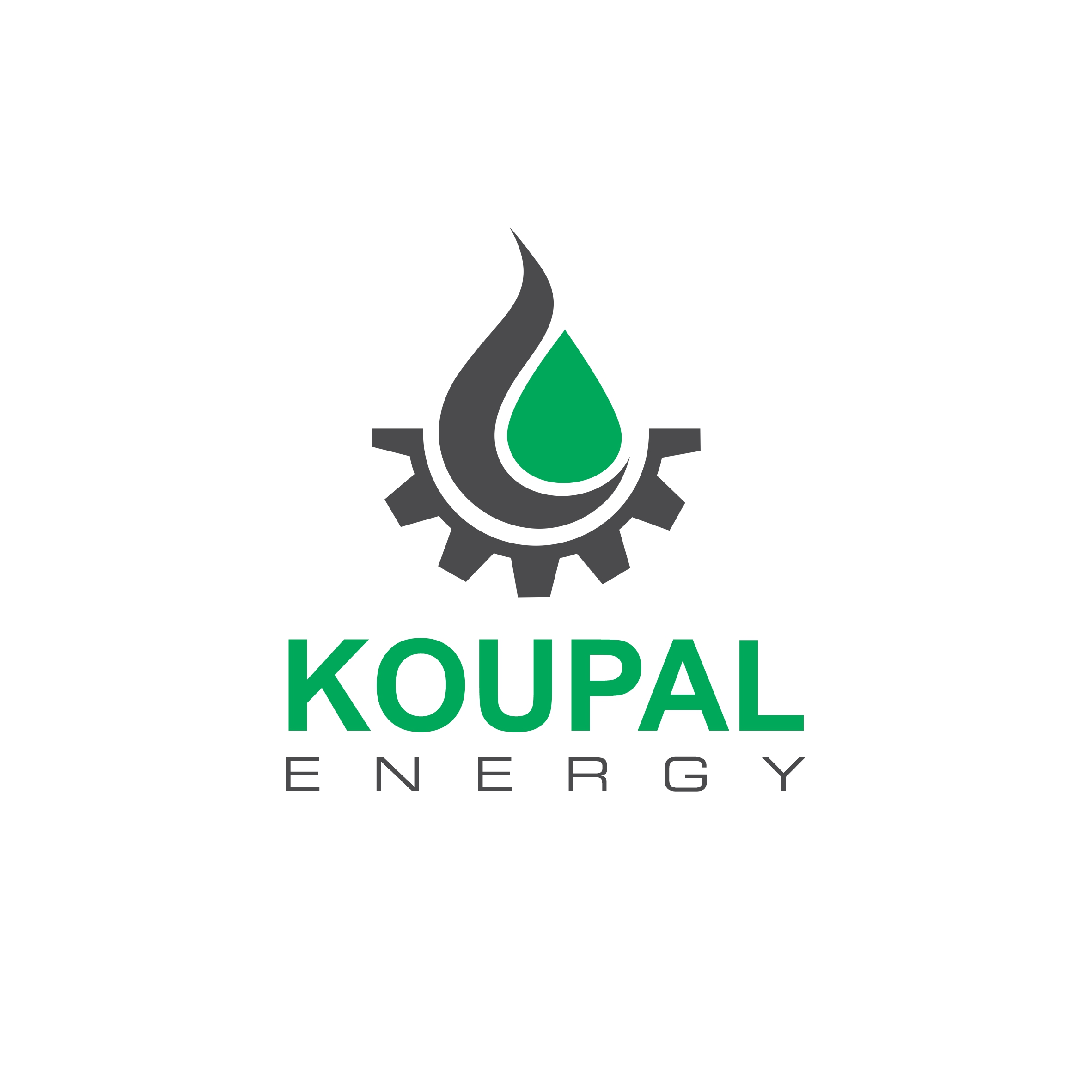Speaker
Description
Digital rock physics, as a pioneering technology in characterizing porous structures by integrating state of the art tomographic imaging and advanced numerical simulations, extracts key rock properties such as permeability. However, limitations in imaging resolution and field of view (FOV) at the pore scale pose significant challenges. Direct numerical simulations at larger scales are either computationally impractical or prohibitively expensive. This trade-off between FOV and image resolution is particularly evident in the complex and multiscale pore structures of carbonate rocks. To address this issue, a novel machine learning approach has been developed to integrate multiscale imaging data of various resolutions. This method uniquely employs an optimized three-dimensional convolutional neural network (CNN) model to identify intricate cross-scale correlations, facilitating accurate predictions of transport properties at larger scales beyond the reach of traditional direct simulation techniques. Additionally, by utilizing a cross-scale transfer learning method during the training phase, the developed model achieves robust performance with an R² exceeding 0.96 when evaluated on lower-resolution domains with larger FOVs. The proposed workflow, initially designed for the complex porous media of carbonate rocks, demonstrates adaptability to various multiscale porous materials, thereby offering a promising solution to the inherent limitation of the trade-off between imaging resolution and FOV in digital rock physics.
Keywords: Digital Rock Physics; Multiscale Tomographic Imaging; Carbonate Reservoirs; Deep Learning; Transfer Learning
| Student presentation contest | Not Interested |
|---|---|
| Student Poster Contest | Opt In |
| Journal Submission | Not Interested |




